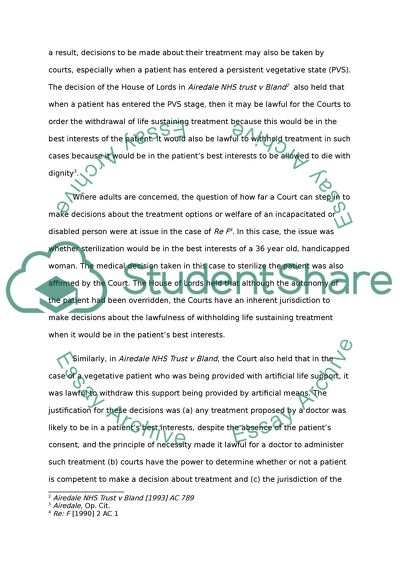Cite this document
(Withholding Life Sustaining Treatment Essay Example | Topics and Well Written Essays - 1250 words, n.d.)
Withholding Life Sustaining Treatment Essay Example | Topics and Well Written Essays - 1250 words. https://studentshare.org/law/1551818-medicine-and-the-law-coursework-2
Withholding Life Sustaining Treatment Essay Example | Topics and Well Written Essays - 1250 words. https://studentshare.org/law/1551818-medicine-and-the-law-coursework-2
(Withholding Life Sustaining Treatment Essay Example | Topics and Well Written Essays - 1250 Words)
Withholding Life Sustaining Treatment Essay Example | Topics and Well Written Essays - 1250 Words. https://studentshare.org/law/1551818-medicine-and-the-law-coursework-2.
Withholding Life Sustaining Treatment Essay Example | Topics and Well Written Essays - 1250 Words. https://studentshare.org/law/1551818-medicine-and-the-law-coursework-2.
“Withholding Life Sustaining Treatment Essay Example | Topics and Well Written Essays - 1250 Words”. https://studentshare.org/law/1551818-medicine-and-the-law-coursework-2.


